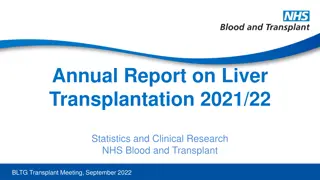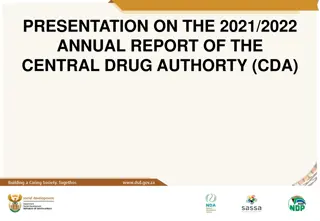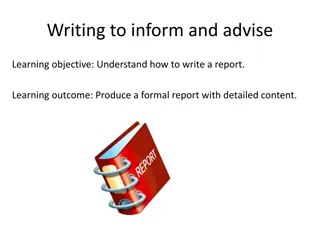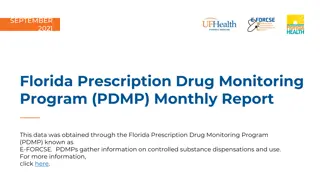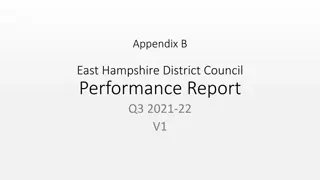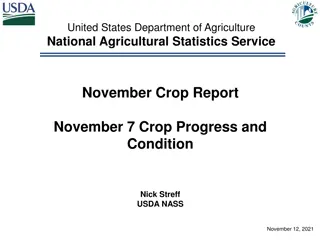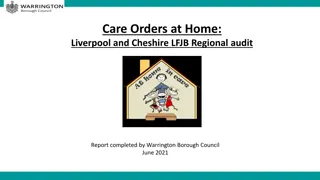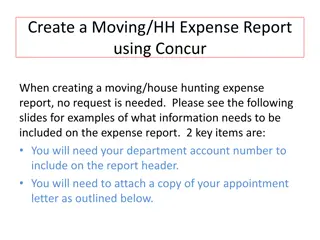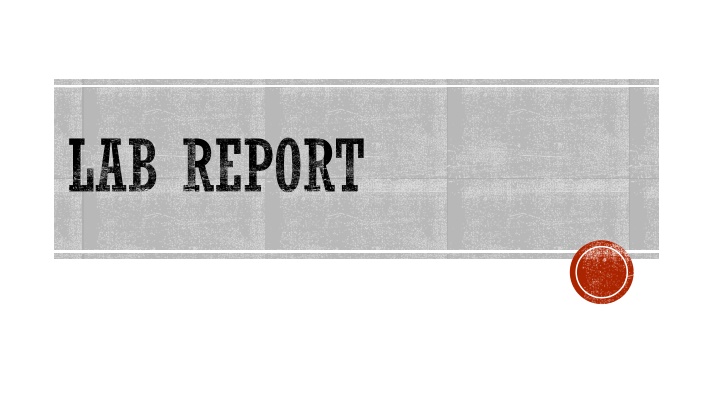
Developing and Testing Hypotheses Using Datasets from Liddel et al. and Mireault and Bond
"Explore the process of formulating and testing hypotheses using datasets from Liddel et al. and Mireault and Bond studies. Understand the importance of rationale and argumentation in research questions."
Download Presentation

Please find below an Image/Link to download the presentation.
The content on the website is provided AS IS for your information and personal use only. It may not be sold, licensed, or shared on other websites without obtaining consent from the author. If you encounter any issues during the download, it is possible that the publisher has removed the file from their server.
You are allowed to download the files provided on this website for personal or commercial use, subject to the condition that they are used lawfully. All files are the property of their respective owners.
The content on the website is provided AS IS for your information and personal use only. It may not be sold, licensed, or shared on other websites without obtaining consent from the author.
E N D
Presentation Transcript
COURSEWORK SPECIFICATIONS You have been provided with two data sets. You need to select and use one of these datasets . Liddel et al. (2011) Mireault and Bond (1992) You are asked to think of a simple hypothesis that you could test using ONE of these datasets. This hypothesis can be new or can look to replicate previous studies. However, you must provide a sensible justification for your proposed hypothesis.
DATASETS A brief summary of each dataset is provided in your coursework specification document. We would also recommend that you read the original papers cited to get a better understanding of the nature of the collected data. Liddle, E. B., Hollis, C., Batty, M. J., Groom, M. J., Totman, J. J., Liotti, M., Liddle, P. F. (2011). Task-related default mode network modulation and inhibitory control in ADHD: effects of motivation and methylphenidate. Journal of Child Psychology and Psychiatry, 52(7), 761 771. http://doi.org/10.1111/j.1469-7610.2010.02333.x Mireault, G. C., & Bond, L. A. (1992). PARENTAL DEATH IN CHILDHOOD: Perceived Vulnerability, and Adult Depression and Anxiety. Journal of Orthopsychiatry, 62(4), 517 524. http://doi.org/10.1037/h0079371
The maximum length allowed for the assessment is 2000 words. There is NO minimum length. WORD COUNT AND OTHER THINGS .. You will not be permitted an extra 10% grace on the word count. Figures, tables and legends are not included in the word count, but you should not include information in the figure and table legends that is not also available in the text. The reference section is not included in the word count, but in- text citations are included. You are not expected to cite a large number of references, but you should reference the study from which the data are taken.
You must adhere to APA referencing and quantitative reporting standards. APA REFERENCE AND STYLE Your commend of this reporting style will be considered in the mark.
YOU NEED TO DEVELOP AND PROPOSE A SIMPLE HYPOTHESIS USING ONE OF THE TWO DATASETS. YOU WILL WRITE A SHORT REPORT ON YOUR ANALYSIS. ASSESSMENT THE ASSESSMENT SHOULD CONSIST OF FOUR SECTIONS: AIM, METHOD, RESULTS, AND CONCLUSION.
Briefly explain the rationale for your hypothesis. You may want to propose a new or replicate previous research. Remember you need to provide an argument to support your research question. AIM (20% OF YOUR MARK) Operationalization of your constructs and measures. Remember there is both conceptual and measurement operationalization. State your hypothesis clearly. If your rationale justifies a specific prediction (e.g. that two variables will be positively correlated), state that prediction.
Describe the participants and any procedures relevant to your hypothesis. For other details of the study, refer to Liddle et al, 2011, or Mireault and Bond (1992) for further details of participants and procedures . Provide details of measures and psychometric properties. METHODS (30%) State your null hypothesis and describe the statistical procedure (method or test) you used to test it. State how much statistical power you had to find small, medium, and large true effect sizes, and describe how you calculated this.
Present the results of your analysis (using figures and tables as appropriate) and using APA style. Detail methods, considerations and procedures used to clean your data. RESULTS (30%) Report the results of any tests you used to check the assumptions of your statistical method. State your observed effect size, even if the effect was not statistically significant.
State clearly whether the results of your analysis support your study hypothesis or not. Say what you can conclude from your results and discuss any implications for your rationale. CONCLUSION (20%) If your result was not statistically significant, say how large an effect, if any, you can rule out with reasonable confidence. Give any other limitations or caveats that you think readers should consider.
FREQUENTLY ASKED QUESTIONS AND TOP TIPS
DO I NEED TO USE ALL THE DATA IN THE DATASET? You can use any data in the dataset. This may include all the data, or a particular sub-group or only a selection of variables. Look at the data and try and find a research question that is interesting to you! This will help you identify what data is relevant to use in your selected dataset and how it can be used to investigate your set hypothesis.
DOES THE PROPOSED HYPOTHESIS NEED TO BE NEW You need to provide a justified rationale for your study s hypothesis. This could be a new (not previously examined) hypothesis Or you may argue that replication is important. Either is fine, but you must provide a clear and coherent argument and rationale for your proposed hypothesis.
ARE MORE COMPLEX HYPOTHESIS BETTER? No! We want you get the technical details and analytical process correct and ensure clear specification/ justification. We want you to interpret them correctly, report them clearly and to use APA style appropriately. We want you to be able to interpret your results sensibly and to contextualise your findings appropriately.
WHAT DO THE % MEAN? They relate to the proportion of your mark that relates to that given section. They should not be interpreted as an indication of the word count for each section.
USEFUL RESOURCES FOR THE LAP REPORT Your textbook!!!! (or other really good stats textbook). Lecture materials. APA journal reporting standards in quantitative research methods. Make sure you read the chapter on the statistical test you are using. You need to understand both what it aims to do, (broadly) how it works, and how to conduct and interpret this test in SPSS. Your textbook will help you here.
TOP TIPS Read your textbook. Especially the core chapters!!! Don t rush into your analysis without having cleaned your data and checked statistical assumptions. Look at the example lap report. Look at the marking criteria for the assessment.
GETTING HELP Remember this is an independent piece of work. We can support you, but we cannot tell you how to do it! We will answer questions through Moodle, not directly through email. We will have a Q&A session. We will have short personal help sessions.





